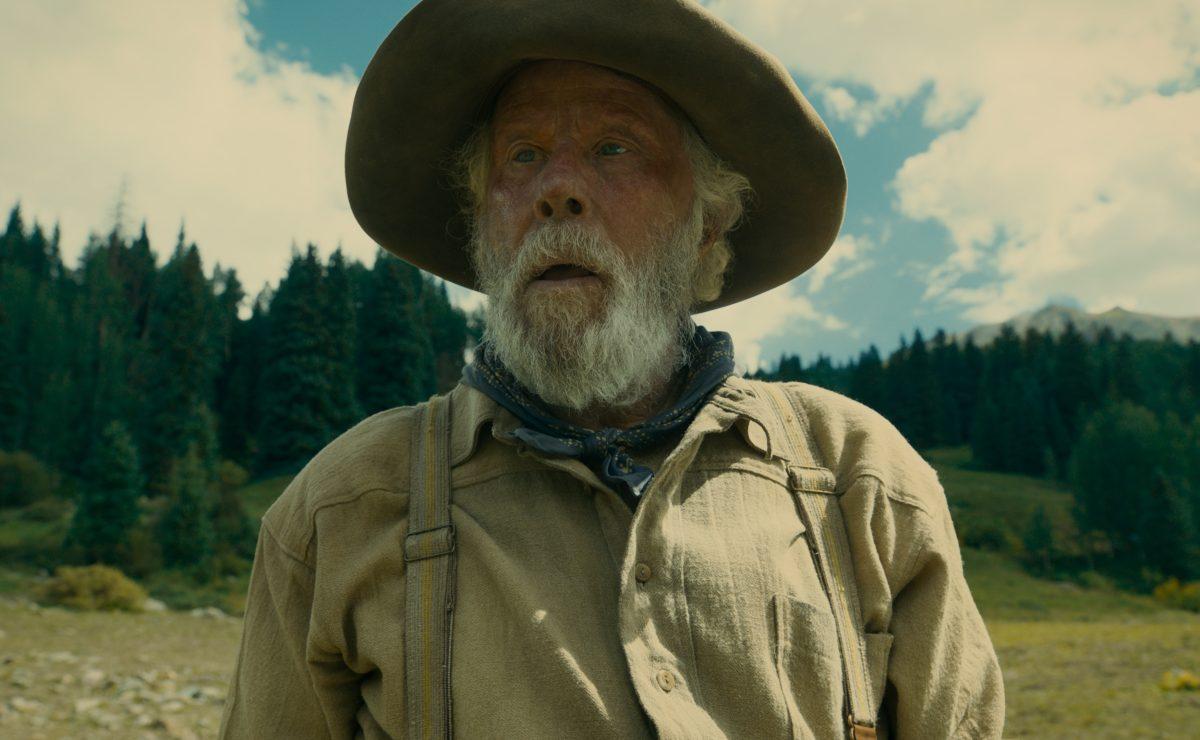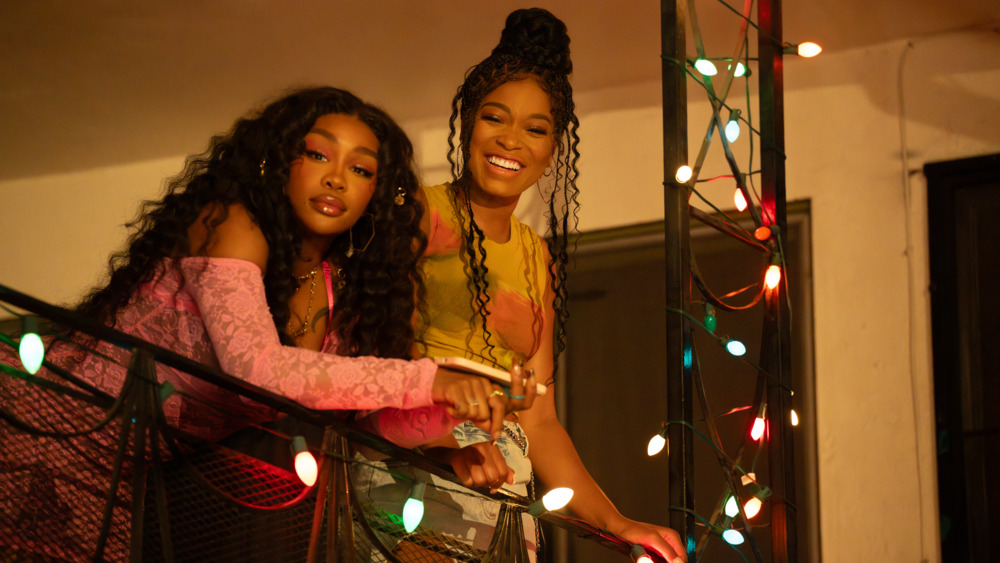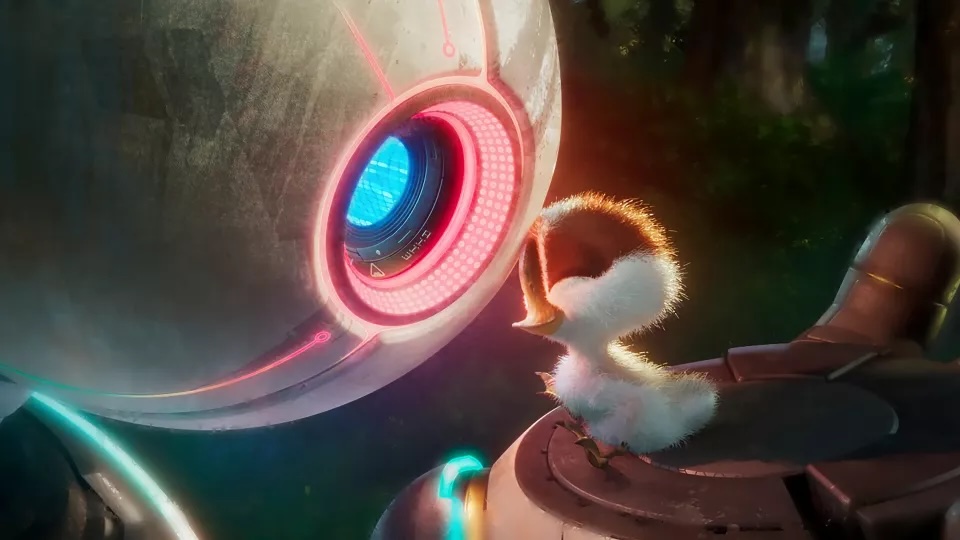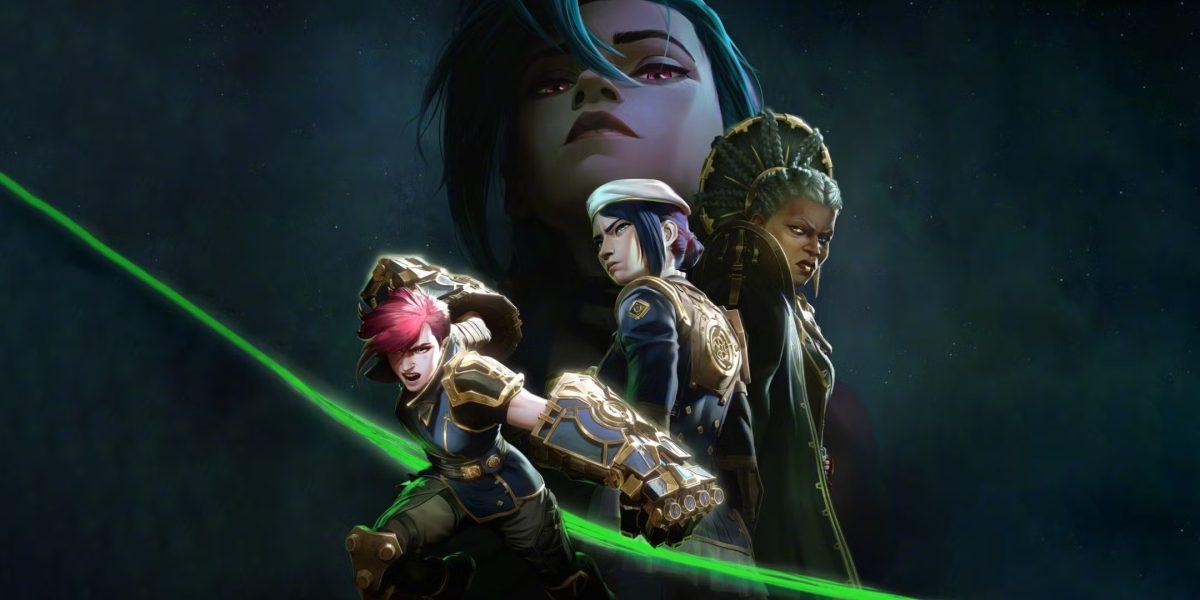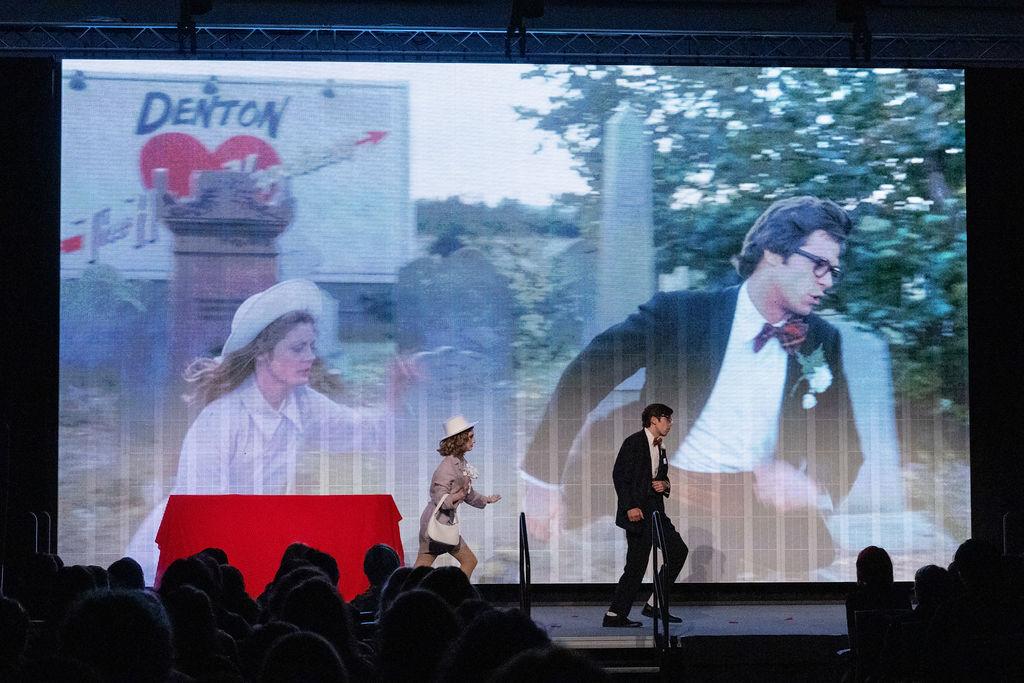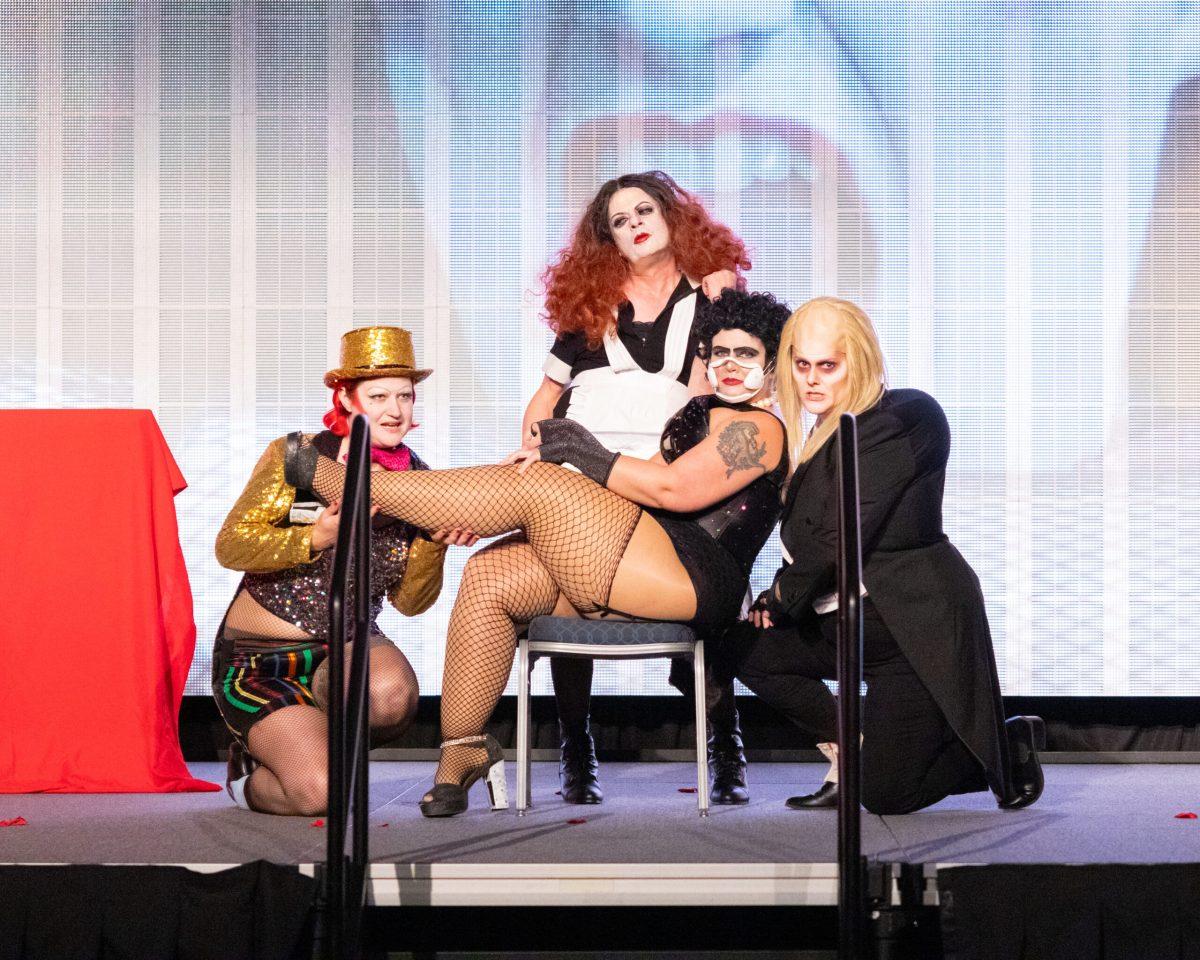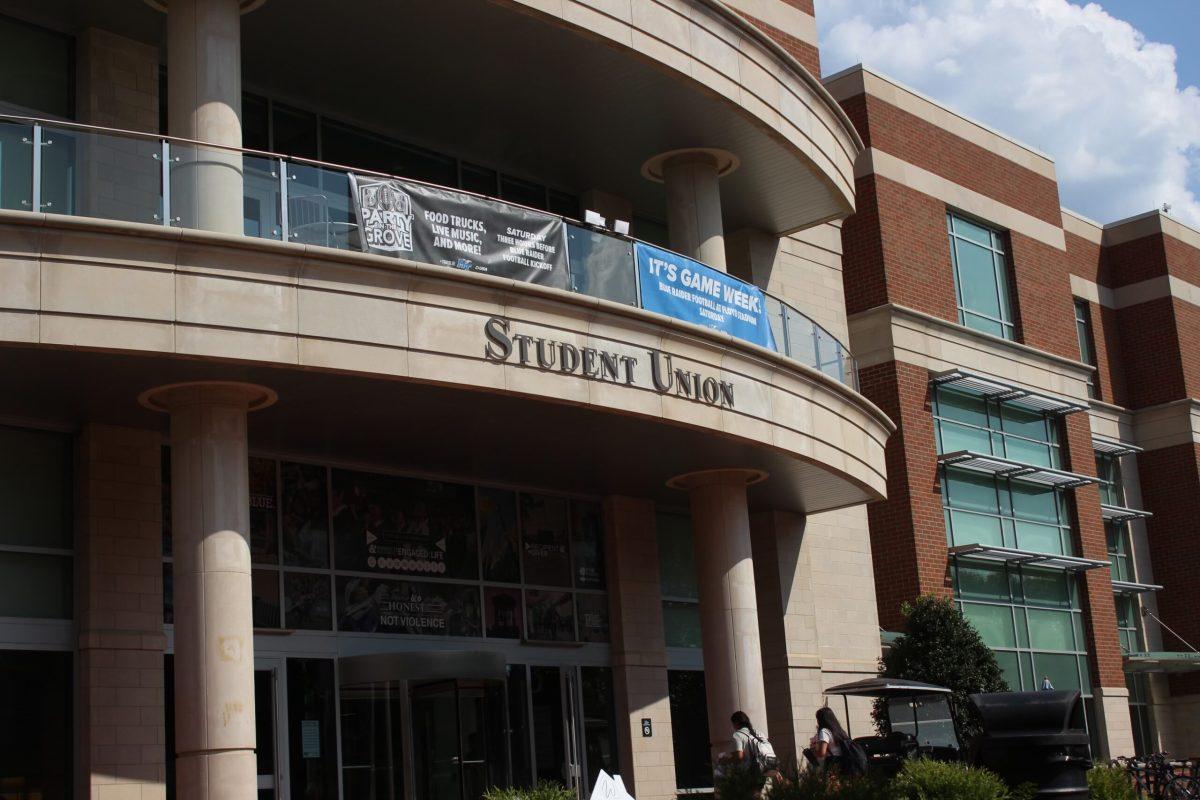Photo courtesy of Netflix
Story by Hank Brainard / Contributing Writer
Westerns have, for years, been trending toward authenticity; audiences are more aware now than ever of the frontier’s harsh realities and sweeping inequalities, which means the myth of the Great American Cowboy pulls less weight. Grit wins over. The films have become darker and dirtier, and their blood has taken on a deeper red. They claim to realism, but they don’t seem to realize that they, too, are missing the point. Their mud-caked antiheroes are just as much in the realm of fantasy as anything before them. They haven’t gotten more authentic. They’ve just gotten blander. The Coen brothers realize this, and so they’ve bucked the trend: “The Ballad of Buster Scruggs” leaves reality behind altogether. It lives and breathes cinema.
The good news is that you can watch it right now. It’s a Netflix exclusive, and it was, in typical Netflix fashion, thrown out into the void yesterday without so much as a whimper. The bad news is that Netflix is the only way you can see it. The theatrical run covered just three cities and has already come to a close, which is a real shame: One can only imagine what its great mock-canvas backdrops would look like on a big screen. It’s an anthology film, broken up into six varied stories about the Old West, and director of photography Bruno Delbonnel places each vignette in its own space of color and texture, mining a new bit of Western history with each setup.
The Coens’ vision is broad. The film opens on Tim Blake Nelson as Buster Scruggs himself, a singing, smiling, rambling gunslinger in a pressed white suit who tosses out absurdist one-liners as he guns down bars full of lesser outlaws, but it closes on a stagecoach shrouded in fog, carrying a group of mismatched travelers who don’t quite know what to make of their own mortality. In between is a gradient of bad fortune and bad behavior, featuring everyone from James Franco and Liam Neeson to Zoe Kazan and Tom Waits (how did it take him this long to pop up in one of these?). Its heroes are outlaws and prospectors and settlers and thespians, and its villains are mostly nameless. To balance all of these threads would seem an impossible task, but the Coens, of course, make it look easy: Not only does each skit flow well into the next, but there’s such a clear thematic throughline—as present in the screwball comedy as it is in the sit-down drama—that to bring these particular stories together seems perfectly logical. It’s a progression from light to dark, and though the body count never again gets as high as it does when Buster Scruggs is on the scene, all of its characters are put well through the wringer. The Coens’ West is the stuff of legends, sure, but it’s still as cruel and uncaring as any other world they’ve built.
What’s remarkable about “The Ballad of Buster Scruggs” is how, within the confines of an old genre, they manage to break new ground, finding humanity (and inhumanity) in what would, in any other hands, be stock characters. Behind all the gunslinging and country crooning is something real.
To contact Lifestyles Editor Sydney Wagner, email [email protected].
For more updates, follow us at www.mtsusidelines.com, on Facebook at MTSU Sidelines and on Twitter at @Sidelines_Life.


